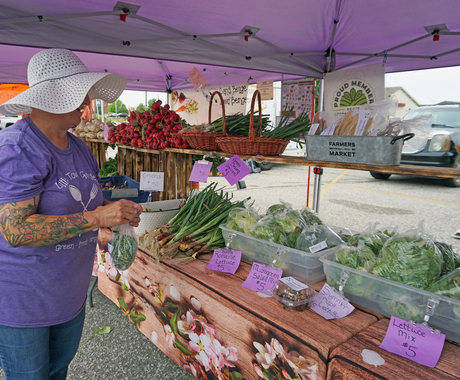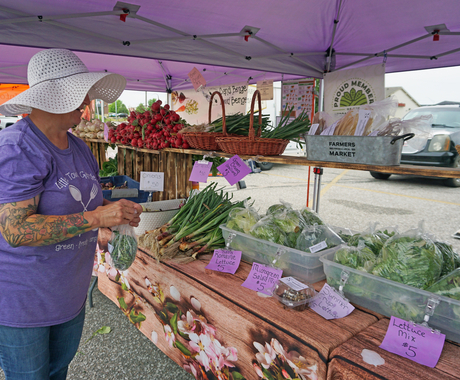Rhea Landholm, brand marketing and communications manager, rheal@cfra.org, 402.687.2100 ext 1025
Lyons, Neb. - The Center for Rural Affairs today released “New option for farm risk management: Whole Farm Revenue Protection (WFRP) usage in Nebraska,” a report by Anna Johnson and Glen Ready, with support from Cora Fox, all Center for Rural Affairs Policy Program staff.
The authors take a look at WFRP, a crop insurance product designed to expand coverage for farmers and ranchers.
“Crop insurance has stepped into the spotlight as the highest costing federal farm program, at about $8 billion a year,” Johnson said. “Despite the size of the program, crop insurance has not been available for many types of crops. And, often, coverage is available only on a regional basis.”
Crop insurance options insure either the expected yield or expected revenue of a particular crop. WFRP insures the revenue of the entire operation, based on revenue history.
“This insurance option would provide farmers and ranchers with coverage for not only corn and soybeans, but also less common crops such as pumpkins, berries, and even some livestock,” Johnson said. “Because WFRP is a revenue product, farmers can file a claim only if their overall revenue for the year is lower than expected.”
Participation levels are low throughout the United States, so Center for Rural Affairs staff focused on Nebraska to investigate why farmers are not using this product. They conducted workshops and surveys with both farmers and insurance agents.
“Findings from the report show that while some farmers, ranchers, and crop insurance agents are aware of the opportunities offered through WFRP, many more are unfamiliar with the policy and its potential benefits,” Johnson said. “There is a need for outreach and education to answer basic questions about how WFRP works.”
To view a copy of the report, cfra.org/publications.



